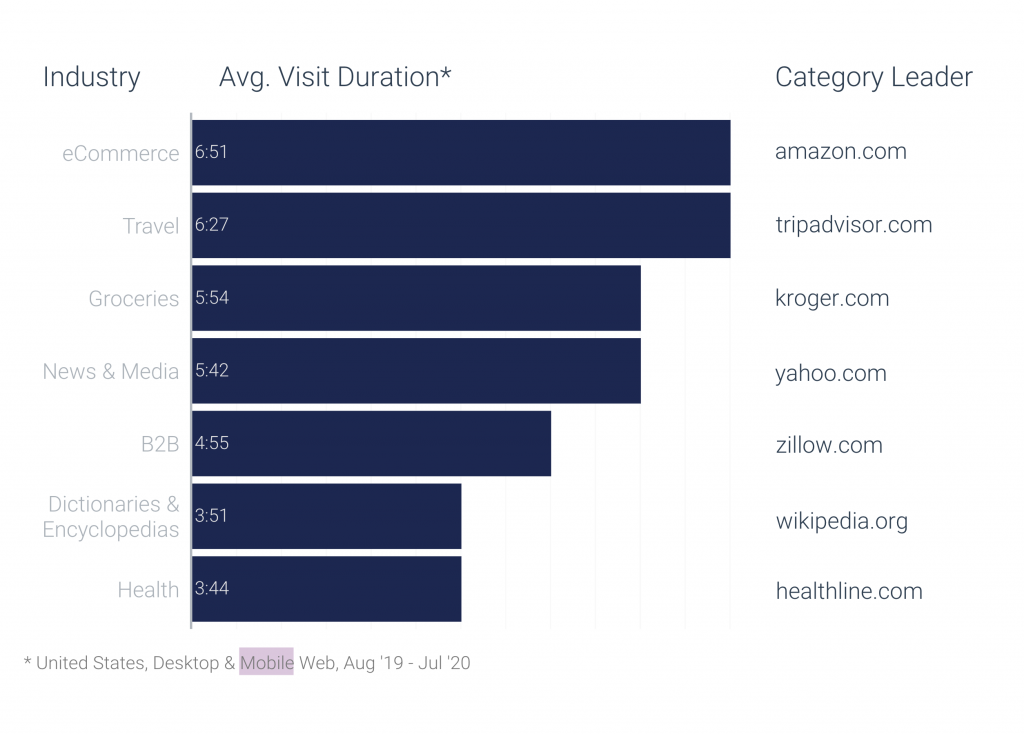Product Success Metrics
SaaS businesses have to look into countless aspects of success, ranging from customer success to product engagement. This may sound tiresome and unnecessary at first, but the good thing about all of these aspects is that they’re all related to one another and that they all involve similar metrics. Product success is one of the things SaaS companies have to know about: it’s a subset under customer success, and its purpose is similar to that of product adoption.
So what exactly is product success, and how do you measure it? Keep reading to find out.
What is product success?
Every business’s understanding of the term “success” may be different since so many factors may make a product successful. However, when the question is directed at SaaS, there are clear standards for successful products.
- Market Alignment
A successful product is in demand. It answers a certain need of a customer segment, a need that actually exists (not one that the business thinks may exist.) It brings something to the market that no other competing brand does, even if its addition is small. While creating a product, you have to be sure that people are willing to pay for it. Only once you’ve secured the funding can you move on to dedicate a budget to marketing and to optimizing your tool.
Market alignment also considers the size of the market and if it’s growing or not. This tells businesses whether they should expect their customer base to grow or to shrink in the following years.
2. Regular Customer Engagement
A product cannot be valuable if no one takes advantage of it. That is why customer engagement is so important. If people are using the product’s features, the tool meets expectations and provides the value that it had promised to leads.
However, it’s not enough to have customer engagement the first time your product is put out. You have to minimize churn, meaning that your customer engagement has to be regular. A successful product is needed every day, not just once or twice a month.
3. Usability and Customer Experience
Is the product easy to understand? Does it have a steep learning curve? Does it have a pleasing UI? These are all questions that have to be answered while talking about a tool’s usability. Customers won’t consider an overly complex tool useful because it takes too much time to learn and derive value.
While customer experience is concerned with more than the satisfaction with a product (it’s also related to customer service, brand awareness, etc.) a big part of it is still about ensuring that customers have a pleasant time using the tool.
In short, a successful product is a good fit for the market, it’s highly engaged with, and it’s usable. The list of metrics below will indicate whether or not your tool fulfills one or more of these expectations.

How do you measure product success?
NPS
- What is the NPS?
Short for Net Promoter Score, the NPS collects feedback from users in the form of a survey. This survey asks users how likely they are, on a scale of 1 to 10, to recommend the tool to a friend or colleague. Then, there are two different things businesses can do with this score. Firstly, they can take a total average to see the general idea of users. This gives them the score that the NPS stands for, which is calculated with the equation below:
% Promoters – % Detractors = NPS
Or businesses can separate users into three different groups, which are:
- Promoters: users who answer with 9 or 10. These customers are likely to “promote” your tool to others by talking positively about it. This is great since 92% of people trust reccomendations that come from their friends or families.
- Passives: users that answer with a 7 or 8. They are not necessarily bad for your brand reputation, they’re just not enthusiastic enough about it to talk about it.
- Detractors: These users could possibly be talking negatively about your brand, which shows you the flip side of the coin for the statistic above. These users answer with a 6 or lower, and they’re probably dissatisfied with your tool to such an extent that they go all the way to tell others not to use it.
- How is the NPS related to product success?
People will only recommend a tool if they think that it is useful and valuable. If you have a low NPS, it’s more likely for your product to be the problem rather than your customer service or your marketing. Being a detractor really requires customers to have a problem with the product itself because that is the fundamental thing they had paid for, not customer service or marketing.
However, the NPS survey still cannot tell you the standard that you’re failing to reach with your product. It could be a problem about competition, maybe your rival brands are already doing what you’re doing more effectively. Or, it could be a problem with your product’s interface. The only way to find out is to use additional surveys that investigate the reasons.
Pro Tip:
HockeyStack’s Survey & NPS Tool is free, easy to use, and can help you measure product success. 🙂
Active Users
- What are Active Users?
SaaS businesses usually define Active Users to be customers who log onto their platform and use their tool’s features. While each company’s Active User profile may change, some examples include social media platforms’ active users, who log onto their accounts and use certain features such as sharing or liking posts. Similarly, your Active Users may be customers who use your SEO or Marketing optimization feature.
After you’ve defined the profile of your Active Users, you should decide the period that you’ll be looking into. Will you look at Monthly Active Users (MAU) or Daily Active Users (DAU)? Again, the answer depends on the type of product you’re offering. While some products promise daily solutions, others may have reporting features that only require monthly usage.
- How are Active Users related to Product Success?
Measuring user activity is essentially the same same as measuring product engagement. If customers find that your product does what it promises to do, if they think that it’s the only solution in the market that does what it does with that price tag, and if they believe that it’s easy to use, then they’ll make it a part of their routines (or, in other words, your tool will be sticky and hard to give up.) Yes, product engagement does involve some other metrics such as feature adoption or average time spent using feature/product, but perhaps the most important one of these metrics is the number of active users.
Trial-to-paid conversion rate
- What is the Trial-to-paid Conversion Rate?
The Trial-to-paid Conversion Rate measures the percentage of people that convert to a paid plan after using your free trial. This rate is calculated by taking the total number of free trial users who bought a paid plan in a certain period and multiplying the number by 100.
- How is the Trial-to-paid Conversion Rate related to product success?
The free trial is when users learn about the ins and outs of your product. It’s (usually) a 14 to 30 day time period in which users decide whether or not they’re ready to commit to your business to make an informed and comfortable decision while purchasing. It’s a great chance for you to convert a qualified lead to a full-fetched customer as some things are better shown than explained in an email marketing campaign or ad.
So, if users are consistently signing up for a free trial but are never becoming your customers, this means that they don’t see the reason behind paying for your tool. This could be because of a couple of reasons: they either do not need your tool, have something similar, or have a more affordable/effective option in their mind, or they didn’t discover the features that would’ve caused the “aha!” moment. Thus, there are two possibilities, you either have an unsuccessful product, or you have a bad onboarding process that doesn’t show users the perks of your products. The latter is much easier to fix with a proper onboarding guideline, but both are unfortunately probable.
Session duration
- What is Session Duration?
Before answering this question, you should first know the definition of a session. A session starts whenever a user enters your platform, and ends after a certain period of inactivity or after the user logs off. Also, if a user visits your tool more than once during the day, each one of those visits is counted as a separate session. Once you know the definition of a session, the Session Duration is pretty straightforward: it’s a metric that measures the amount of time users spend in one session.
Usually, this metric is used to calculate another metric, the average session duration. This average is calculated by taking the total of all session durations and dividing by the total number of sessions. Although the average session duration is reported to be around 2 to 3 minutes, this can (and should) greatly vary based on the tool or platform.

- How is Session Duration related to product success?
You can use the session duration metric to see how engaging your tool is. If users can’t stay in your app for longer than a minute, that may indicate a problem with your UI. However, for the session duration, longer is not necessarily better. Some software may have a short usage time, and a long session may be a sign of confusion. For SaaS tools, an overly long session may be a sign of a customer who couldn’t find the feature they were looking for.
You can use this metric with the MAU or DAU metrics to get a more accurate understanding. This way, you’ll know if your product is engaging enough to go back to every day. Or, you could look at the session durations of specific customer segments. For instance, you could analyze the typical session duration for churning users and look for a pattern.
Feature Engagement
- What is feature engagement?
Feature engagement is about analyzing your customers’ interactions with your products’ features. It’s not really a metric that can be summarized with a single number. It’s rather a metric that looks at the overall statistics when it comes to the adoption of a feature.
Let’s say that your SaaS tool rolled out a new reporting feature. To analyze feature engagement, you would look at the number of customers who noticed the tool, the number of those who used the reports, and the number of people who came back to create multiple reports in a certain time period. In short, you would look into the numbers at each step of the feature adoption funnel shown below.

You’ll need a good analytics tool like HockeyStack to show you detailed customer journeys to track user activity.
- How does feature engagement relate to product success?
Feature engagement relates to all three standards of successful products. It relates to market alignment because if users don’t engage with your features, this may mean that there isn’t a demand for them. Or, it may mean that other tools with similar features are much more advanced. When it comes to customer engagement, the association is simple: a tool cannot prove its value without useful features. If customers aren’t engaging with your features, old or new, they will be more inclined towards churning as your product slowly becomes useless for them. Lastly, feature engagement relates to usability because you can also explain any low numbers by a lack of understandability of your features.
In short, feature engagement tells you whether or not your product is keeping its promises or not since the promises were mainly about functioning and useful features.
How do you increase customer success?
Predict Customers’ Pain Points
If you feel that you’ve fallen behind in the market, it’s time for you to think more innovatively. First, start by identifying the customer segment that you want to appeal to. Then, conduct a market analysis and identify the gaps that you can fill with new features and services. This market analysis should also include a competitor analysis. Know what your competition is working on to see the latest trends that you should hop onto.
Also, answering a very specific need, one that customers do not know yet they need, is how you find a niche in the ever-growing SaaS industry. It’s also how you ensure that your product fits the market. Even if your product has a very small advantage over others, if you market it well enough, that feature may be the only thing you need to have an important role in the industry.
Keep Asking Customers
If you don’t ask you’ll never know. This saying applies to SaaS businesses too: if you don’t ask your customers what you could do better, you’ll never know how your product can achieve its full potential. Also, as a creator, you may not be able to look at your product through a user’s lens. Surveys and follow-up emails are great at providing you with customers’ perspectives. They also make customers feel listened to and cared for, so it’s a clear win-win situation.
Focus on Team Management and Product Leadership
Developing a SaaS product involves a lot of teamwork, and a team full of developers, marketers, and product success managers need to cooperate under a good leader. For SaaS, such a leader is someone who can follow the evolving needs of the industry, and someone who’s able to manage and structure a marketing or product development team. You’ll need to be a qualified leader, but you’ll also need qualified designers and developers who can come up with new solutions to improve usability and customer satisfaction as needed.

Conclusion
Making a successful product requires constant analysis and improvement. Once you put out a product to the SaaS market, you may expect it to be successful based on your own knowledge and experience, but you have to let customers tell you whether or not it really is successful. At the end of the day, if customers don’t believe that your tool is successful, it doesn’t matter what you expect.
Using the NPS enables you to track user satisfaction. Measuring active users means looking at the demand for your product. The trial-to-paid conversion rate tells you whether customers see your tool as needed or not. The session duration measures how good your tool is in terms of keeping the user’s attention. Lastly, feature engagement tells you about your product’s engagement as a whole. Thus, each one of these metrics is crucial to optimize your product to make it successful.
FAQ
The product-market fit measures the extent to which a product satisfies market demand. If the product is a good fit for the market, it will engage customers and have active promoters.
The average NPS for SaaS is 41%, meaning that promoters are much more prevalent for many SaaS businesses.



